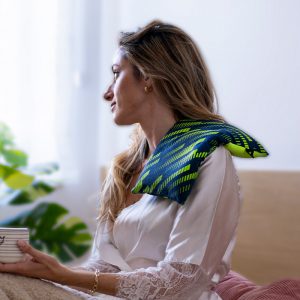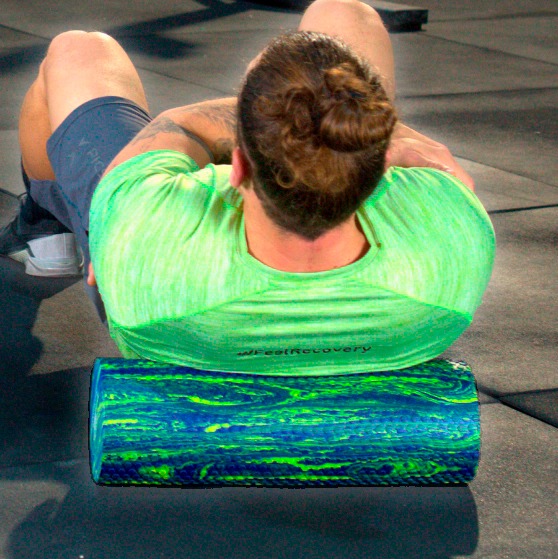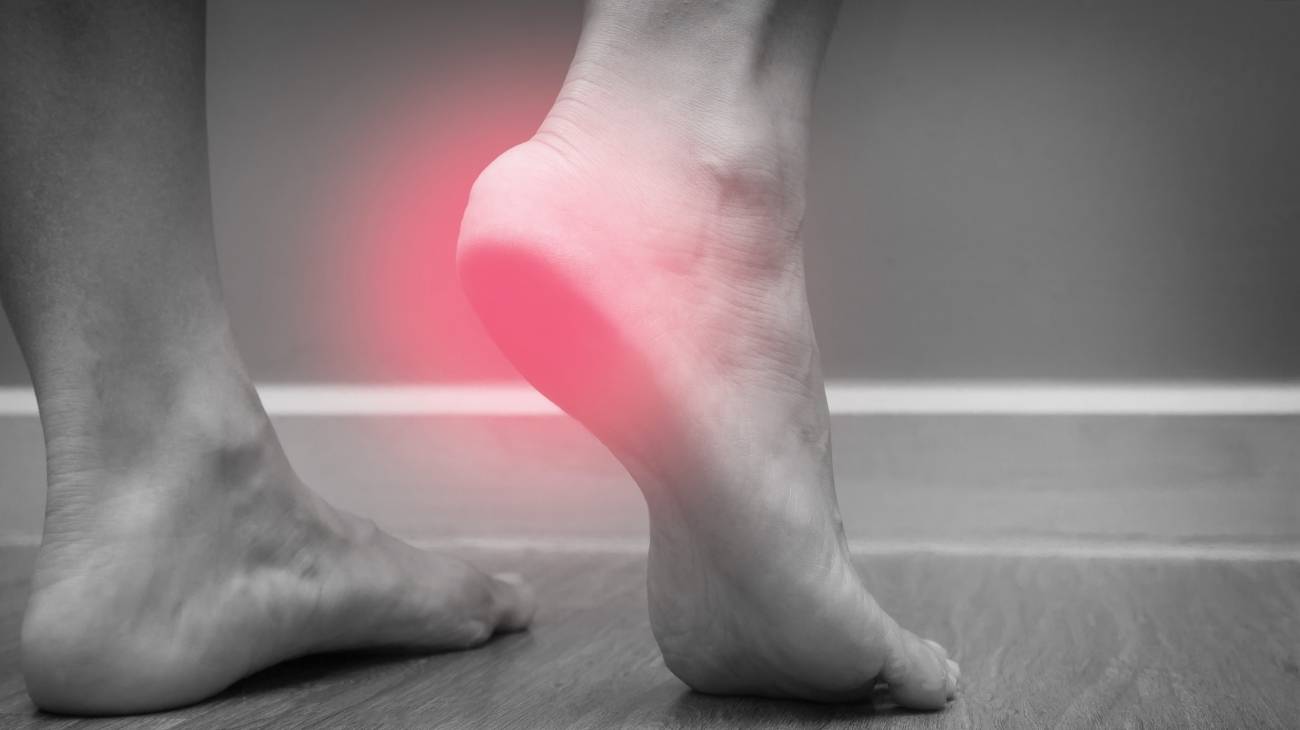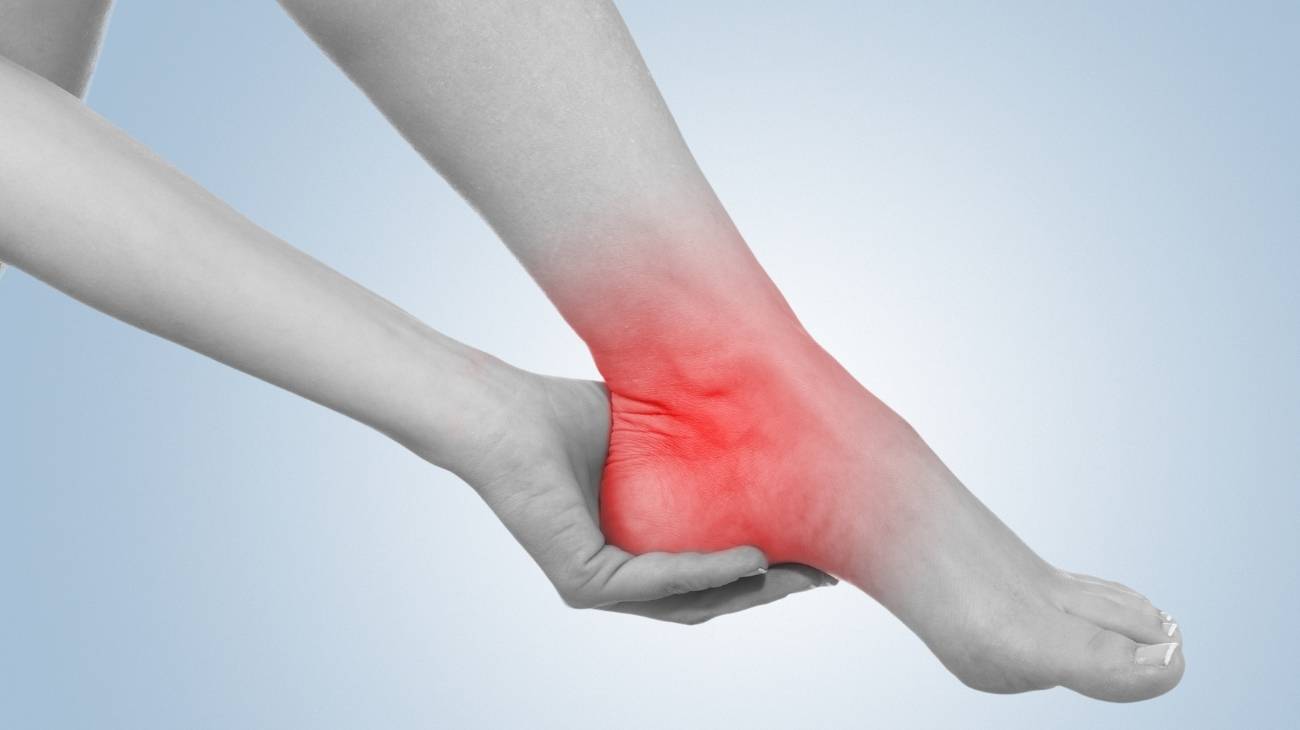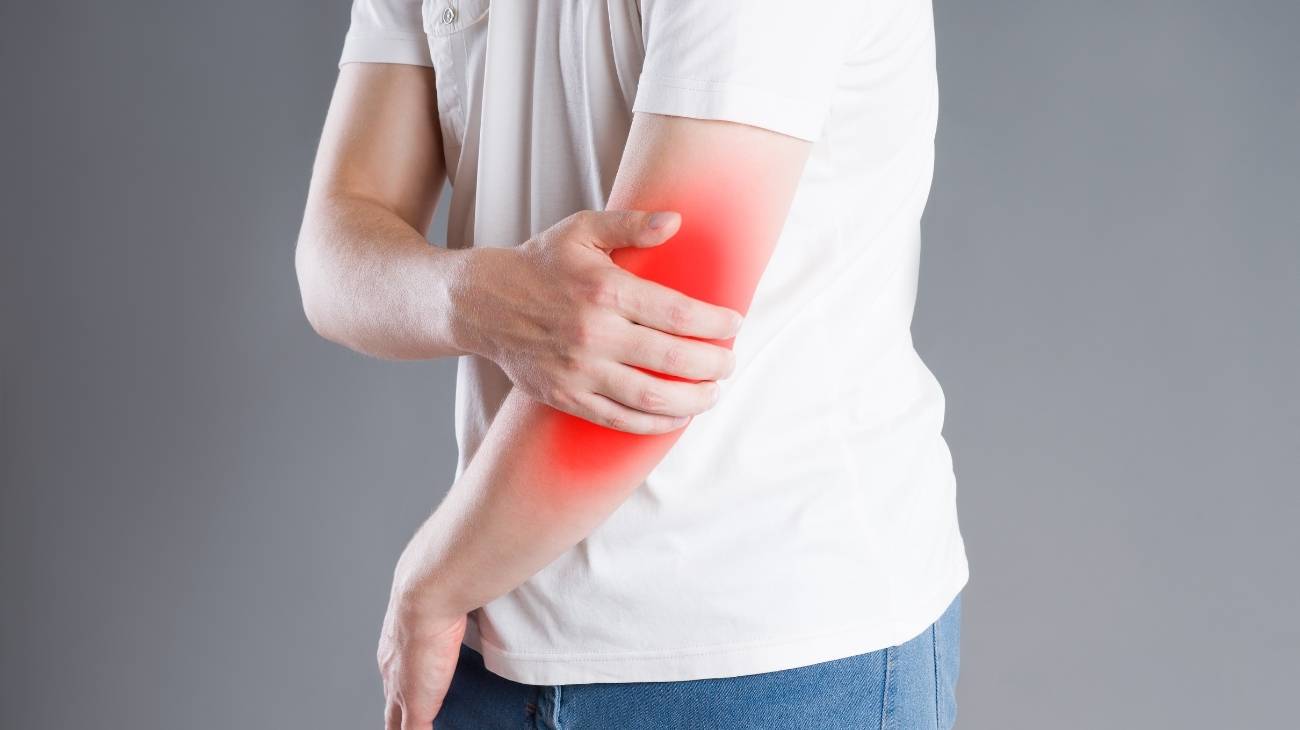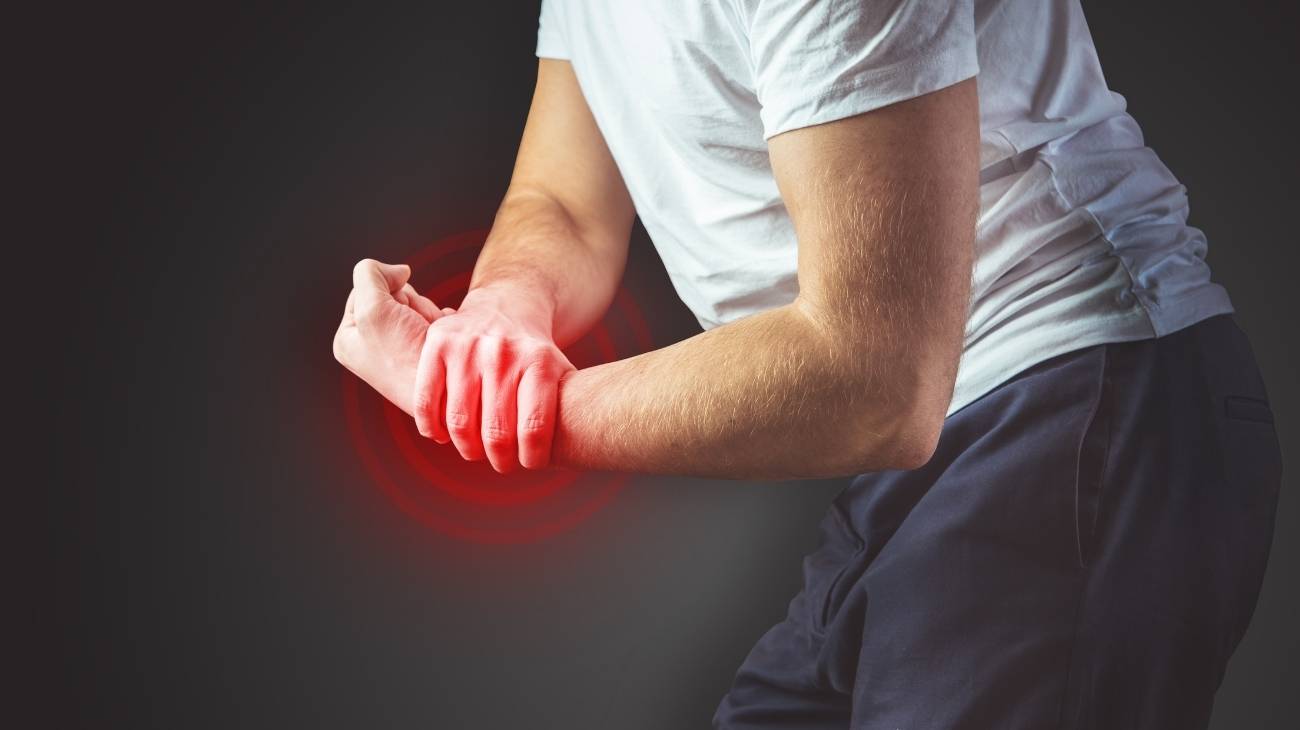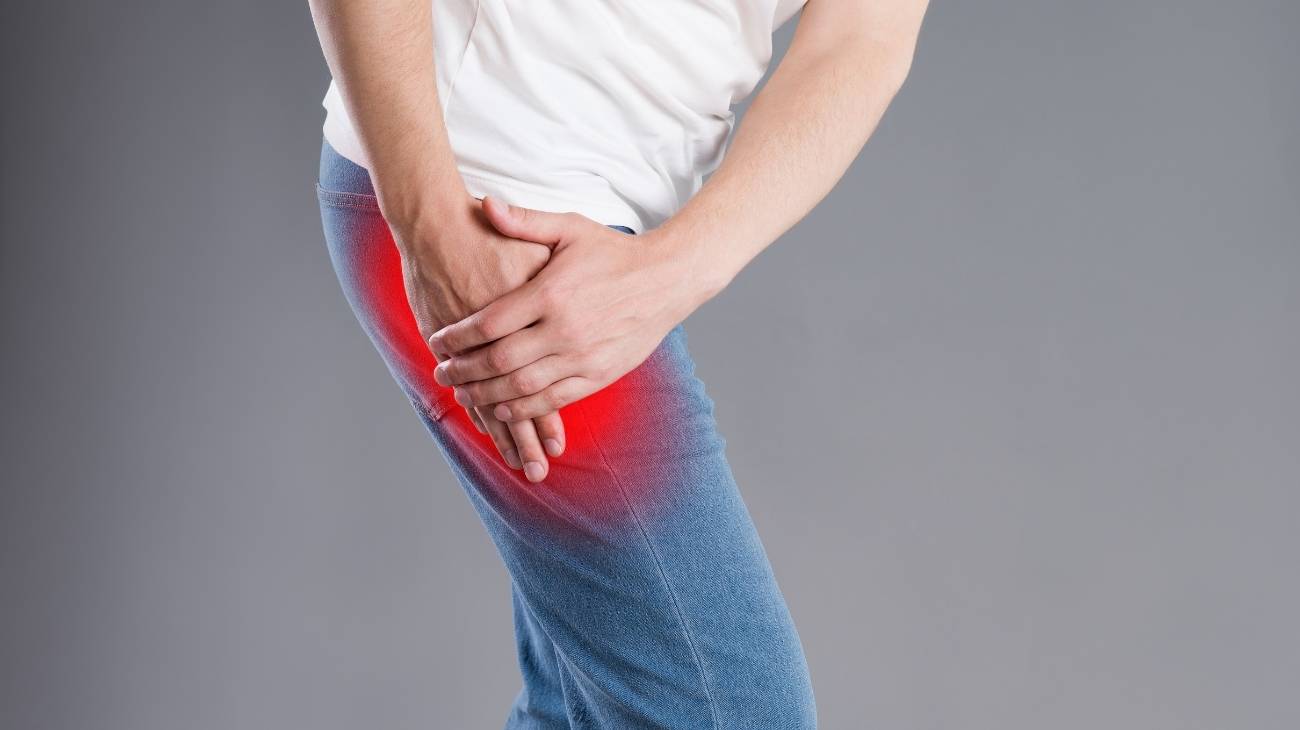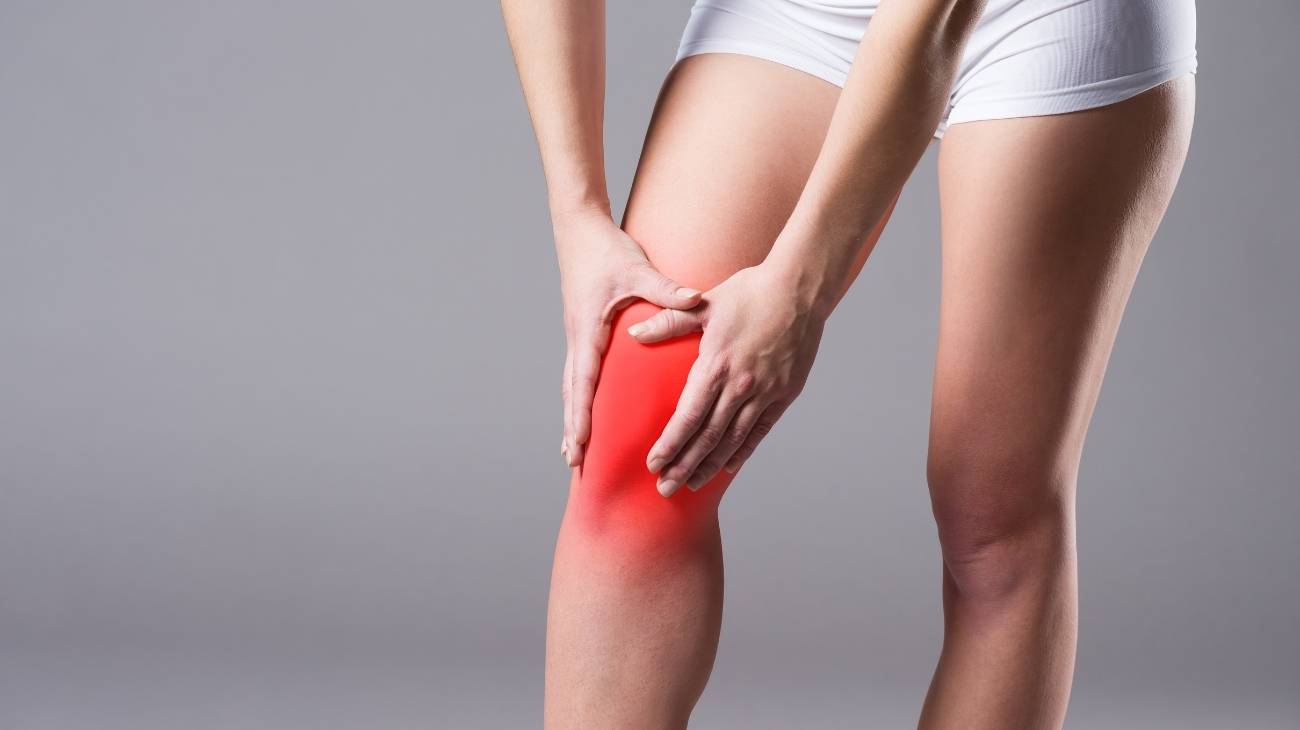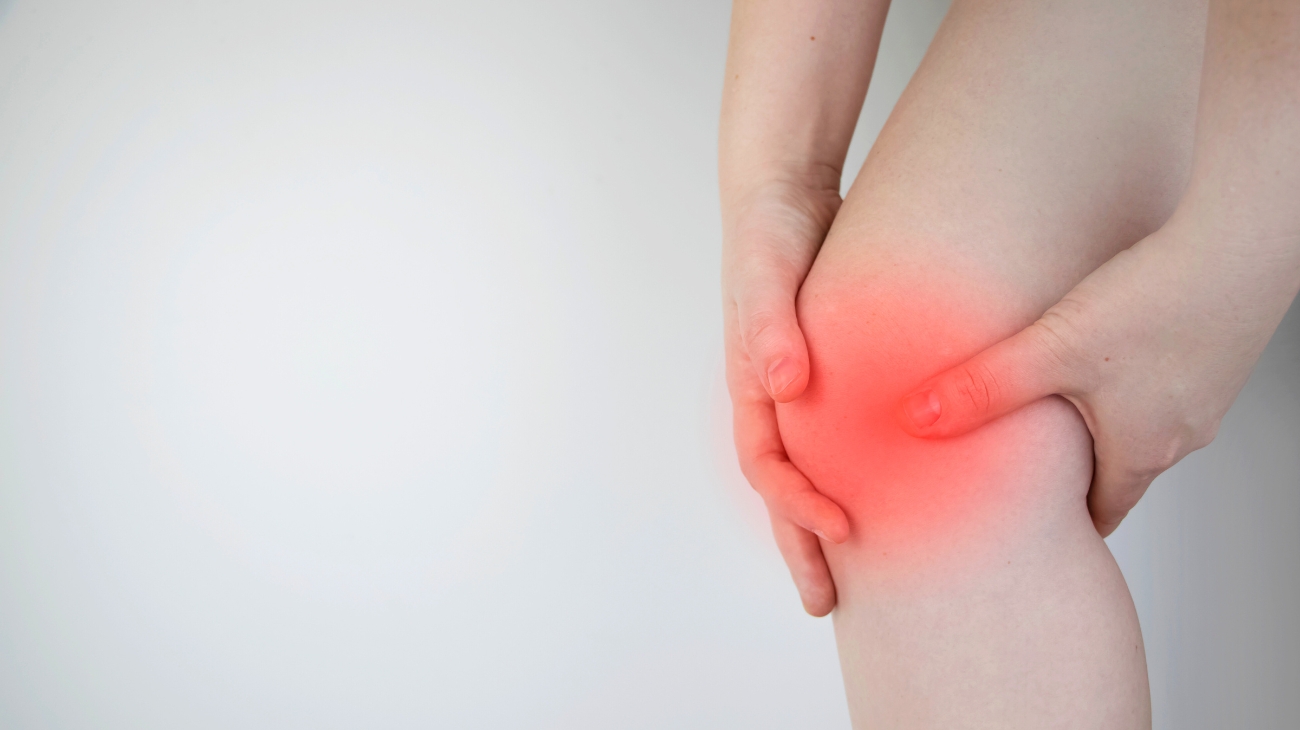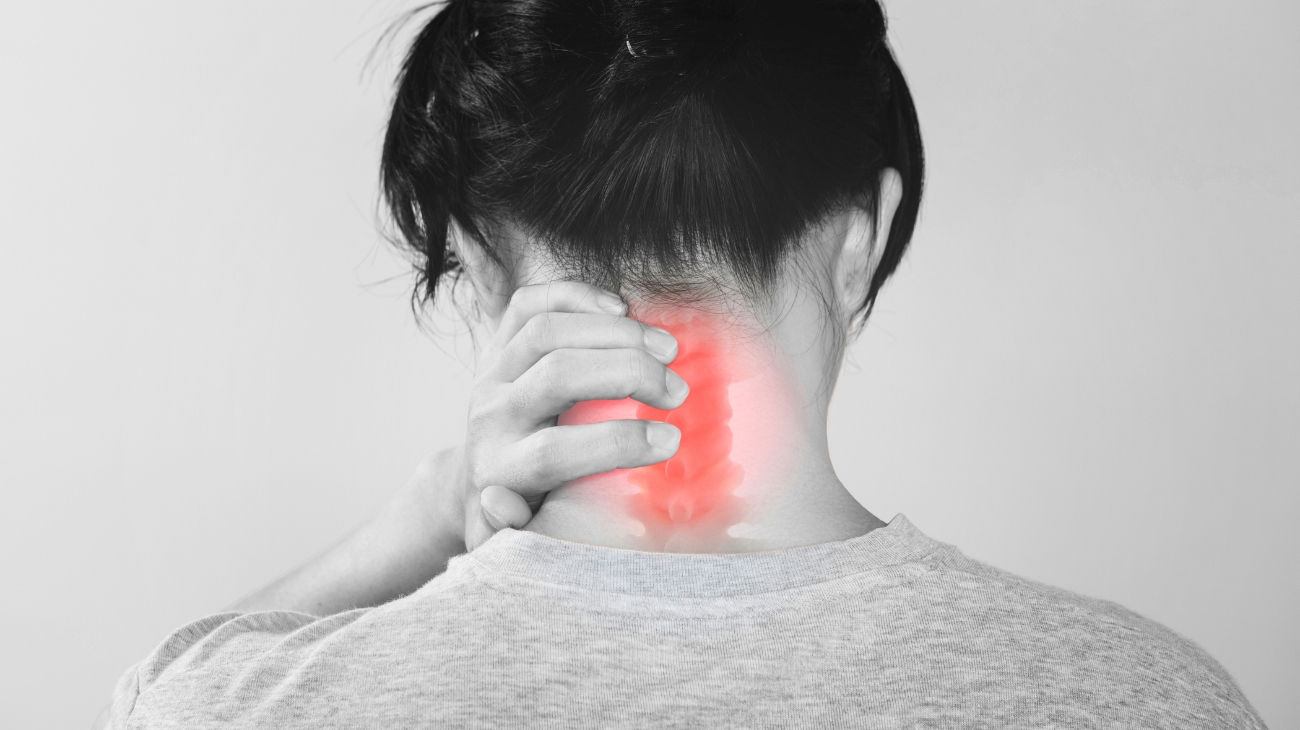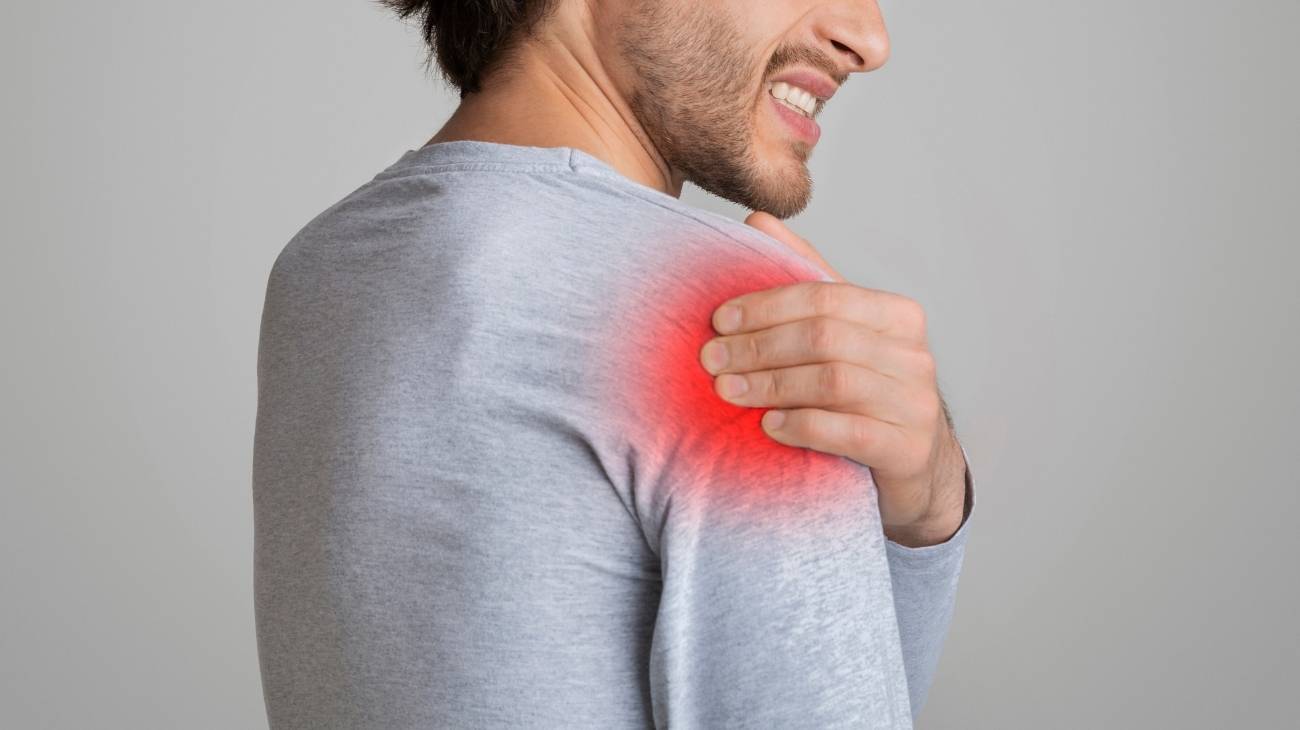Knee bursitis occurs when the bursa, a small fluid-filled sac that cushions the knee joint, becomes inflamed. This condition often results from repetitive kneeling, trauma, or infections, leading to pain, swelling, and reduced mobility. Managing knee bursitis effectively requires targeted therapies to reduce inflammation and promote healing while preventing further irritation.
Compression sleeves are among the most effective tools for managing knee bursitis. These sleeves provide consistent pressure to minimize swelling, improve circulation, and stabilize the knee joint. Their ergonomic design ensures comfort during movement, making them ideal for daily wear or use during physical activity.
Cold therapy packs are essential for reducing inflammation and numbing acute pain. These packs are designed to conform to the knee, delivering targeted relief exactly where it’s needed. Regular application of cold therapy can help manage flare-ups and accelerate recovery after strenuous activities.
Ergonomic knee braces offer added support and alignment, preventing further strain on the joint. They are especially beneficial during prolonged periods of standing, walking, or engaging in sports. By stabilizing the knee, these braces help reduce pain and support faster recovery.
Heat therapy wraps are also valuable for managing stiffness and promoting blood flow to the knee area. Applying heat after the acute phase of inflammation can relax surrounding muscles and enhance joint mobility. For chronic bursitis, combining heat therapy with stretching exercises yields significant improvements.
TENS (Transcutaneous Electrical Nerve Stimulation) devices are a modern solution for knee bursitis pain management. These devices use electrical impulses to block pain signals and stimulate endorphin release. Compact and easy to use, they are an excellent addition to any recovery routine.
Massage tools designed for the knee area provide another layer of relief. By improving blood flow and reducing muscle tension, massage enhances overall recovery. Paired with other therapies, it offers a comprehensive approach to managing bursitis pain.
Stretching and strengthening exercises are vital for long-term recovery and prevention of knee bursitis. These exercises improve flexibility, strengthen muscles supporting the knee, and reduce the likelihood of future flare-ups. Resistance bands are an excellent tool for enhancing the effectiveness of these exercises by providing controlled resistance.
For those spending long hours on their knees, ergonomic kneeling pads can help prevent bursitis by reducing pressure on the joint. These pads distribute weight evenly, providing comfort and protecting the knee from excessive strain. Using such tools regularly is a proactive step toward maintaining knee health.
A multi-faceted approach often delivers the best results in managing knee bursitis. Combining compression sleeves for daytime use, cold therapy after physical activity, and heat therapy for stiffness ensures comprehensive relief. Incorporating targeted exercises and ergonomic tools further supports recovery and prevents recurrence.
Proper maintenance of recovery tools ensures their longevity and effectiveness. Follow the manufacturer’s guidelines for cleaning and storage. Regularly wash compression sleeves, sanitize therapy packs, and store TENS devices properly. With diligent care, your tools will remain reliable companions throughout your recovery journey.
FAQ: Frequently Asked Questions
What is the benefit of using compression sleeves for knee bursitis?
Compression sleeves reduce swelling, improve circulation, and stabilize the knee joint, making them essential for managing bursitis pain and promoting mobility.
How does cold therapy help with knee bursitis?
Cold therapy reduces inflammation and numbs pain by targeting the affected area with controlled cooling, offering immediate relief during flare-ups.
Are knee braces effective for bursitis recovery?
Yes, ergonomic knee braces provide support and alignment, reducing strain on the joint and aiding in faster recovery while preventing further irritation.
When should I use heat therapy for knee bursitis?
Heat therapy is most effective after the acute inflammation subsides, helping to relax muscles, improve joint mobility, and alleviate stiffness.
How can I maintain my recovery tools?
Clean and store recovery tools as per the manufacturer’s instructions. Proper maintenance ensures their durability and optimal performance.

